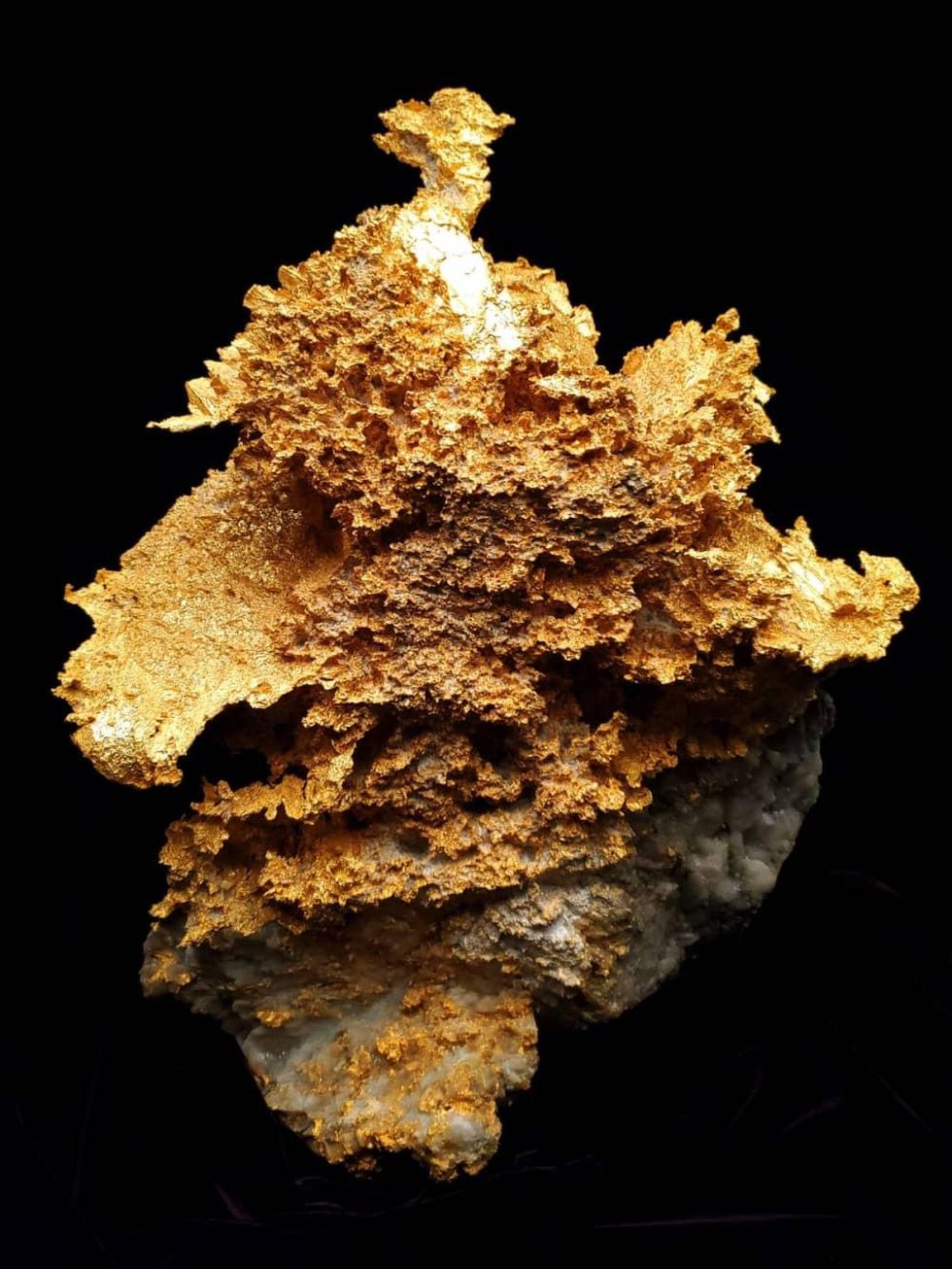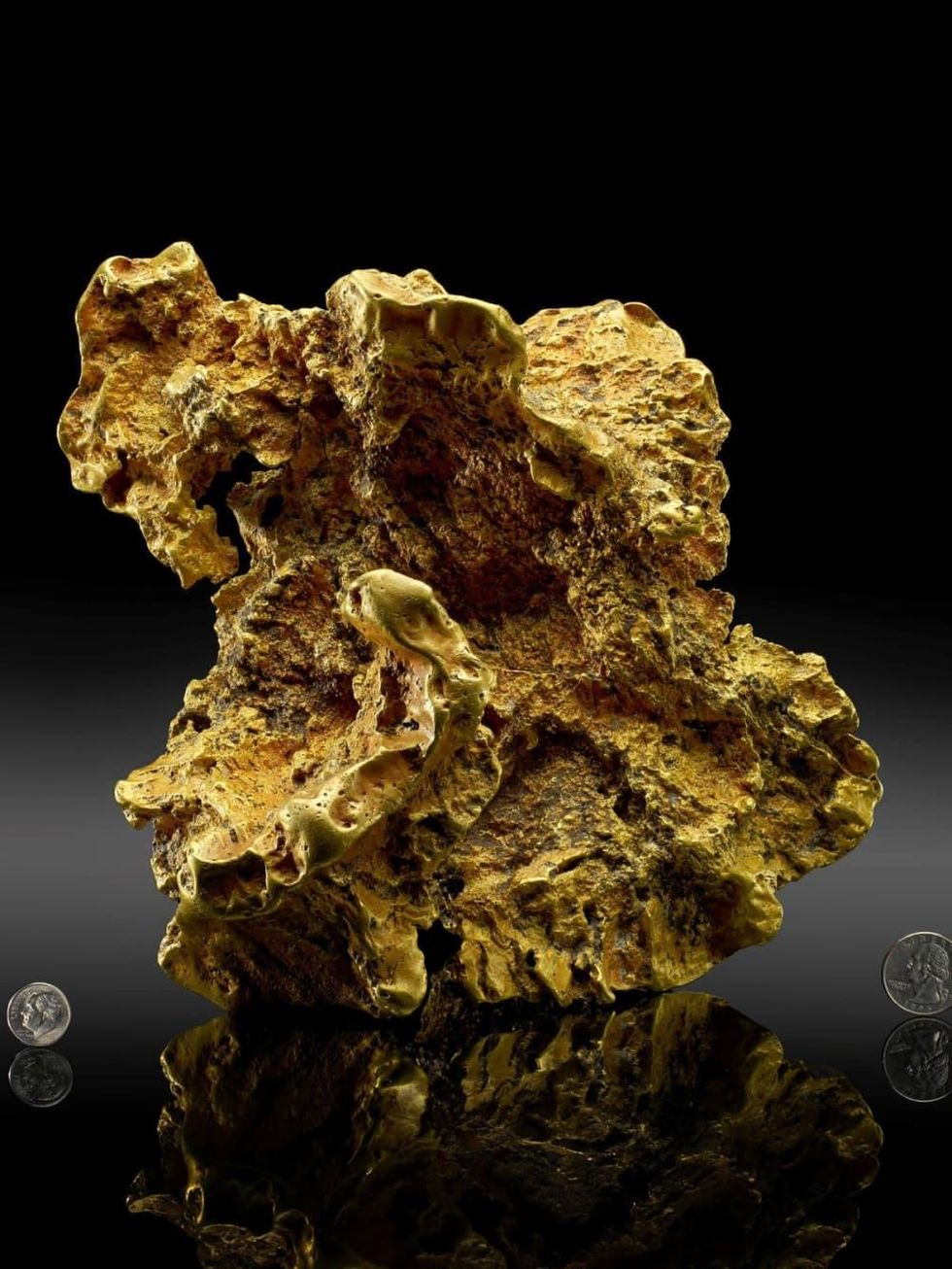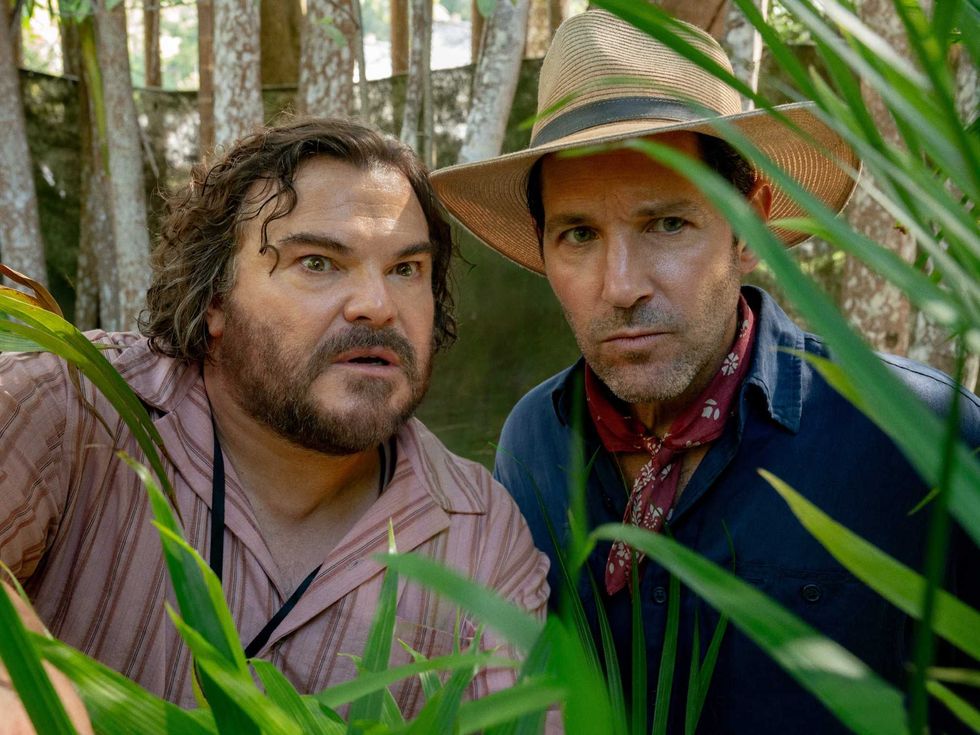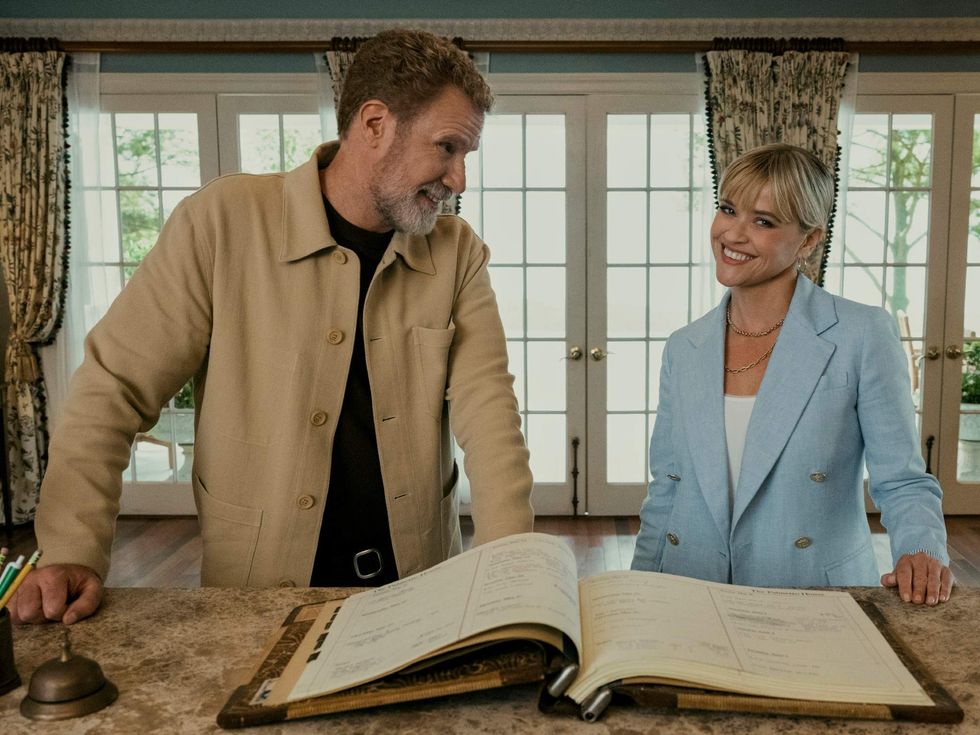Rock stars
2 of world's largest gold nuggets gild new display at Dallas museum
All that glitters really is gold at Dallas' Perot Museum of Nature and Science. Two rare and massive gold pieces from Australia — combined weight: 110 pounds — have gone on display in the museum's Lyda Hill Gems and Minerals Hall.
The largest piece, a 63-pound specimen called "the Dragon’s Lair," is on view for the first time at any museum. It debuts at the Perot beside a smaller companion, known as the "Ausrox Nugget," weighing in at a slightly more svelte 51.29 pounds and about the size of a basketball.
“For thousands of years humans have treasured gold for its beauty and abundant properties. I remember panning for gold as a child and being excited to take home a tiny vial of flakes, so to see the lustrous beauty and sheer size of the Dragon’s Lair and Ausrox nugget is truly captivating,” says Kimberly Vagner, director of the Gems and Minerals Center of Excellence, in a release. “What a thrill to be able to display these two extraordinary specimens together.”
Dragon’s Lair was discovered in 2018 at the Royal Nickel Corporation’s Beta Hunt Mine in Kambalda, a Western Australia goldfield that has produced more than 20 million troy ounces (roughly 1.3 million pounds) of gold since 1897, the museum says.
When it was found, it was just a boulder of quartz encasing gold. The "Dragon’s Lair" emerged after some painstaking work by "rock doctors" at the Collector’s Edge in Colorado, who scanned and X-rayed it, then worked for hundreds of hours incising, acid etching, and removing minerals.
Trimmings and gold flakes removed from the Dragon’s Lair are displayed alongside the larger specimen at the Perot.
The famed Ausrox Nugget — discovered in the Eastern Goldfields of Australia by three prospectors using a hand-held metal detector — is on display for the third time at the museum. It debuted as part of the original collection in the Lyda Hill Gems and Minerals Hall when the museum opened in December 2012, and has gone back and forth to the Houston Museum of Natural Science for several years.
The Perot Museum is operating at 25 percent reduced capacity with strict safety protocols in place. The gold pieces can be viewed with general admission ($13-$20), during regular business hours, 10 am-5 pm Thursday-Saturday and 11 am-5 pm Sunday. Timed-entry tickets may be purchased online and in advance.













